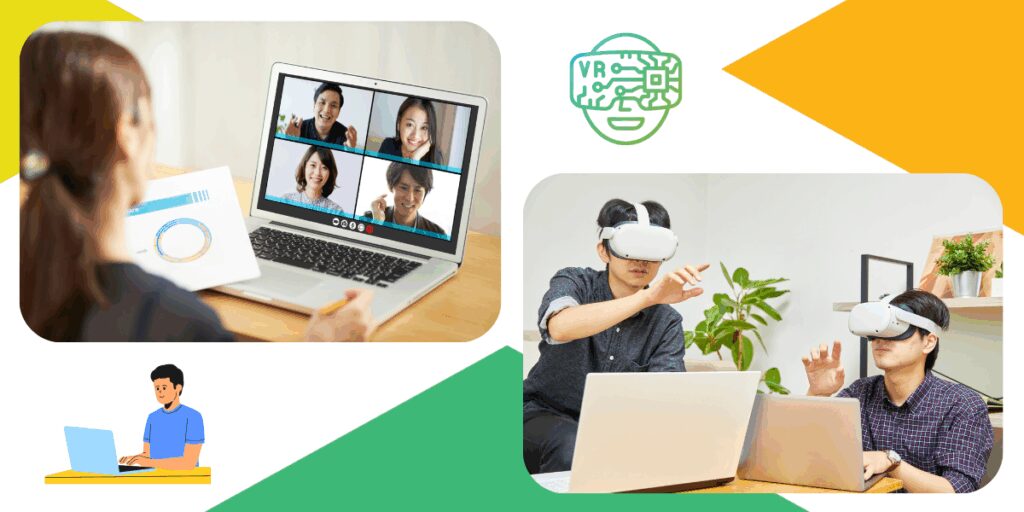Virtual events are transforming education through online lectures, workshops, and conferences that promote flexibility, accessibility, and engagement. They benefit students, educators, and administrators by removing physical barriers and enhancing participation. This article aims to simplify the planning and hosting of impactful virtual events, empowering educational institutions to create dynamic, inclusive, and compelling learning experiences.
Here, we will discuss how to simplify virtual events for educational purposes, including event types, strategies, measuring success, and more. Through this, you will have the knowledge and resources to host a successful virtual event while prioritizing educational activities for attendees.
Types of Educational Virtual Events

Educational institutions now host a variety of virtual events, including online lectures and seminars accessible to global audiences; interactive workshops and labs that use digital tools for hands-on learning; and virtual career fairs that connect students with employers and alums. Open houses and orientations are also held online to engage prospective students and parents. Each format adapts seamlessly through live streaming, breakout rooms, chat features, and interactive platforms that enhance accessibility and participation.
Choosing the Right Platform

Successful virtual education relies on user-friendly, secure platforms with integrated engagement tools such as live chat, Q&A, polls, breakout rooms, and on-demand content. These features enhance interaction and accessibility while ensuring scalability, enabling institutions to host anything from large lectures to campus-wide events and multi-session academic conferences with ease.
Strategies to Maximize Engagement

Virtual education thrives on interactive elements like quizzes, polls, and live discussions that sustain attention and engagement. Personalized experiences—such as tailored session tracks, recommended content, and adaptive learning paths—enhance learning outcomes. Collaboration is fostered through breakout groups, discussion forums, and peer-to-peer networking, creating dynamic, connected virtual learning environments.
Accessibility and Inclusivity Considerations

To ensure full participation, virtual events should include closed captioning, multilingual support, and screen reader compatibility. Inclusive scheduling accommodates students across time zones, promoting equitable access for international or remote learners. Additionally, offering diverse resources—such as visual, auditory, and interactive materials—supports various learning styles and fosters an inclusive educational experience.
Measuring Success and Continuous Improvement

Measuring success in virtual education involves tracking attendance, engagement scores, feedback surveys, and content interaction. Analyzing these metrics helps educators refine future events for greater impact. Post-event strategies—such as sharing session recordings, supplementary materials, or follow-up surveys—extend learning opportunities and strengthen engagement beyond the live experience.
Summary
Here, we discussed how to simplify virtual events for educational purposes, covering event types, strategies, measuring success, and more. In the future, you will have the tools and resources to organize a successful virtual event while enabling your attendees to engage in educational activities to help them achieve their personal and professional goals.

Virtual events offer educational institutions unmatched accessibility, engagement, flexibility, and global reach. Schools can start small—such as hosting online lectures or workshops—and gradually expand to larger events. Please contact Chati to learn how you can host professional, interactive, and scalable virtual experiences that enhance learning and community connection.
